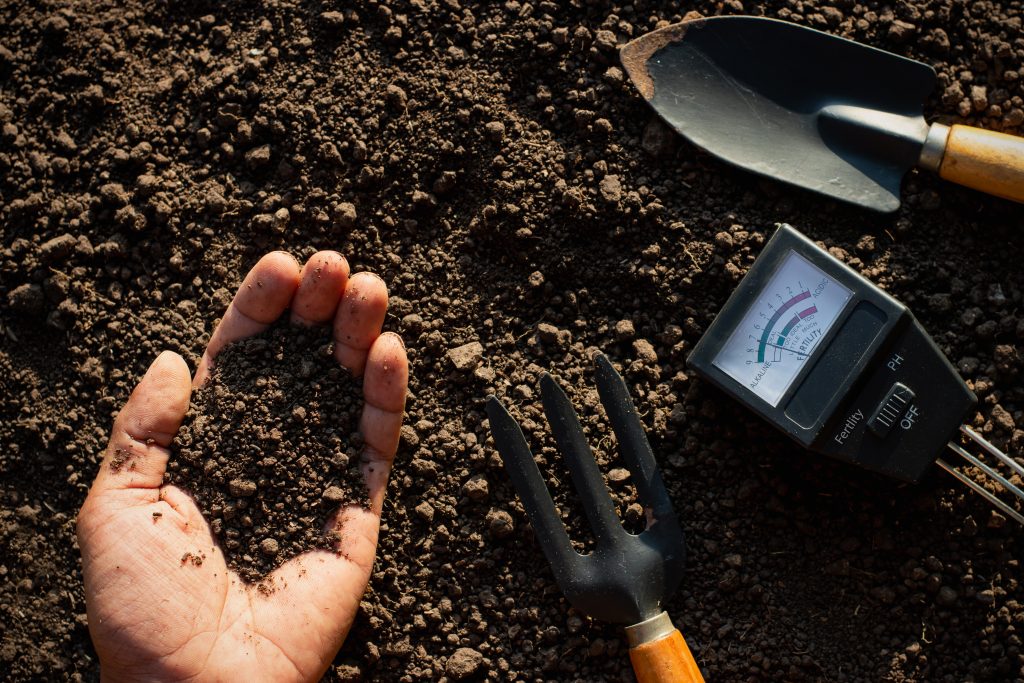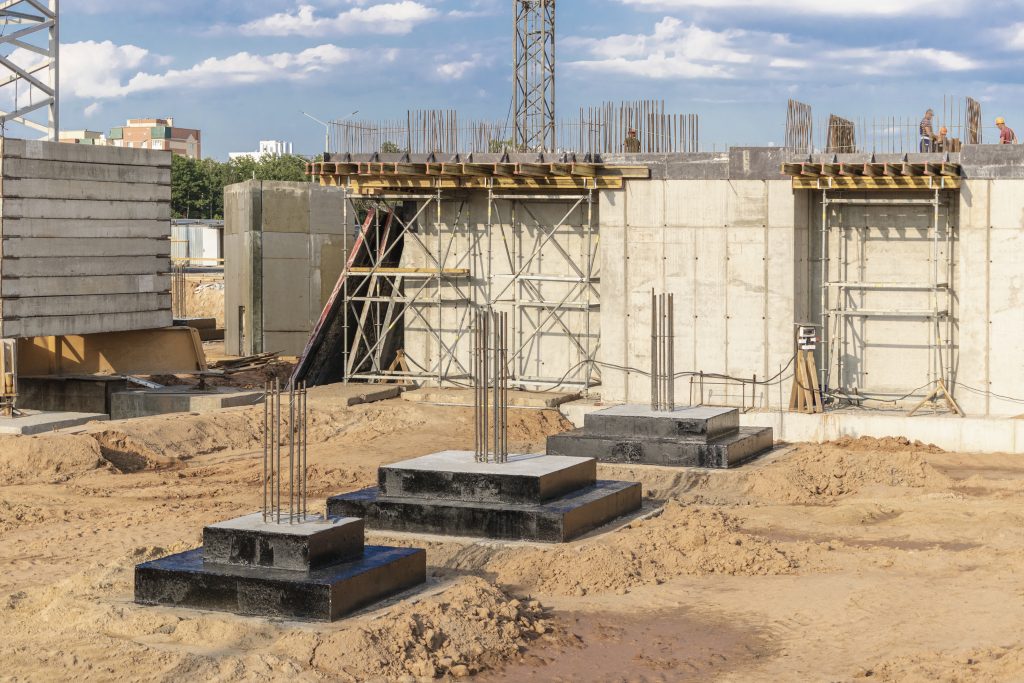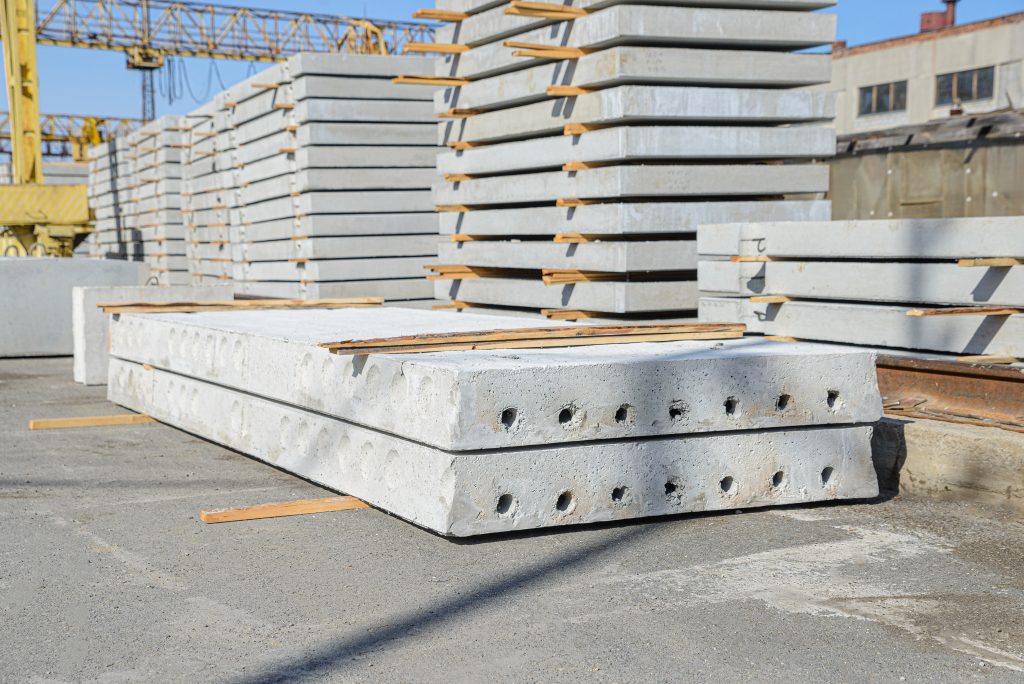Before starting any construction project, soil exploration is required. It helps to ensure whether the subsurface has the required stability, strength, and sustainability to support the structure. By thoroughly investigating soil characteristics and behaviours, soil exploration provides crucial insights that influence the design and construction of structures. Read on to learn more about soil exploration, the different stages involved in it and the various methods employed to do it.
Soil Exploration – Meaning
Soil exploration is a process to examine the composition, structure, and characteristics of subsurface soil within a specific area or site. The primary objective of soil exploration is to gather detailed data about the soil’s properties, including its composition, density, moisture content, strength, and load-bearing capacity. This information aids in making informed decisions during the planning and execution of construction projects, foundation design, and roadways.
Objectives of Soil Exploration
The objectives of soil exploration revolve around acquiring comprehensive data about the soil characteristics within a designated area. Here are the primary objectives of soil exploration:
Assessment of load-bearing capacity:
Soil exploration aims to ascertain the load-bearing capacity of the soil, ensuring it can support the intended structures without settling or failure.
Evaluation of potential soil settlement:
It is done to predict how much a structure might sink or settle over time. Soil exploration helps in estimating potential settlements and guides engineers to take preventive measures.
Analysis of soil composition:
Soil’s composition influences subsurface behaviour under different conditions. Soil exploration aims to analyse the content of clay, silt, sand, and other components to comprehend their properties accurately.
Selection of construction materials:
Soil exploration aids in selecting suitable construction materials by providing information on soil properties. Allowing engineers to make informed decisions about the materials suited for the specific soil conditions.
Stages of Soil Exploration
The stages of soil exploration involve a systematic approach to understanding subsurface conditions.
1. Site reconnaissance
This is the initial assessment of the site to plan out the subsequent investigations. It involves assessing the need for preliminary or detailed investigations, determining the scope of work, choosing exploration methods, conducting field tests, and organising administrative aspects. It also involves on-site inspection and study of topographical features that help gather crucial information about soil, rock, and groundwater conditions. Site reconnaissance includes the following assessments:
Topographic study:
Evaluating local topography, excavations, ravines, and other geological features to evaluate soil and rock conditions.
Structural analysis:
Examining existing structures near the site to understand their response to the prevailing conditions.
Hydrological assessment:
Analysing the water levels in streams, wells, and floods to comprehend groundwater patterns.
Environmental factors:
Studying vegetation, drainage patterns, seeps, springs, and swamps to assess their impact on the site.
2. Preliminary exploration
This stage aims to ascertain the depth, thickness and composition of soil strata, and the presence of rock and groundwater. It provides information about the strength and compressibility of different layers. Geophysical methods, cone penetrometers, and sounding rods play significant roles in guiding the preliminary investigation.
3. Detailed exploration
This is planned based on data obtained from site reconnaissance and preliminary investigations. It focuses on determining the engineering properties of soil strata. This includes evaluating shear strength, compressibility, density, moisture content, and permeability. This stage involves varied methods including a borehole program, detailed sampling, field tests like in-situ vane shear tests, and advanced logging methods for boreholes. All in-situ tests are supported by laboratory investigations to ensure a thorough understanding of soil properties.
Methods of Soil Exploration
Each soil exploration method has distinct advantages and limitations, and often a combination of these techniques is employed to comprehensively evaluate soil properties.
Geophysical surveys:
This involves using various techniques to study the subsurface soil characteristics without physically disturbing the soil. Geophysical surveys utilise instruments that measure variations in the physical properties of soil, such as density, electrical conductivity, and seismic waves. Techniques like seismic refraction, and electrical resistivity are commonly employed.
Open trial pits:
This soil exploration method involves manually excavating small pits in specific locations to examine the soil profile. Visual inspection of exposed soil layers is done to determine characteristics such as colour, texture, structure, and moisture content. Assessment of the soil’s properties allows for sampling at different depths.
Subsurface soundings:
It involves using different techniques to investigate soil properties at depth without extensive excavation. Techniques like cone penetration tests (CPT) and standard penetration tests (SPT) involve driving probes or cones into the ground at measured intervals to measure resistance and penetration rates. These tests provide data on soil strength, density, and stratification at different depths without the need for extensive digging.
Exploratory drillings:
This soil exploration method involves drilling into the ground to extract soil samples and gather information about subsurface conditions. Here are the various techniques of exploratory drilling:
Auger boring:
In this, a helical screw is attached to a drilling rod. As the auger rotates, it cuts into the soil, and the soil is carried to the surface for examination. This method is effective for soft to moderately stiff soils and is commonly used for shallow-depth soil exploration.
Percussion boring:
It involves repeatedly hammering or pounding a drill bit into the ground. This method is suitable for penetrating dense or hard subsurface materials like rocks. Soil samples are collected as the drill bit breaks up the ground allowing for examination and analysis.
Rotary boring:
Rotary boring involves the use of a rotating drill bit attached to the end of a drilling rod. It is effective in drilling through various soil types, including soft and hard formations. This method allows for deeper penetration and the extraction of continuous core samples to obtain detailed information about soil composition and structure.
From Portland Pozzolana Cement for high-rise buildings to water-resistant cement for Damp Proof Course (DPC), JK Cement offers high-quality cement to help you build lasting structures.
FAQs
What are the different methods used for soil exploration?
Here are some soil exploration methods:
-
- Geophysical surveys: Using techniques like ground-penetrating radar or seismic surveys.
-
- Drillings: Such as auger boring, percussion boring, and rotary boring.
-
- Field tests: Including cone penetration tests and plate load tests.
-
- Laboratory analysis: Testing samples for properties like density, moisture content, and shear strength.
What is significant depth in soil exploration?
The significant depth of soil exploration refers to the depth where the pressure from structural loading does not cause detrimental effects like settlement or shear failure of the structure. This depth is crucial in determining the stability and safety of a structure, as it helps to identify the zone where the soil can adequately support the loads without compromising.
What are the uses of soil exploration?
Soil exploration aids in assessing soil properties crucial for construction or infrastructure development. It helps to make decisions on foundation design, material selection, and risk mitigation.
What information is gathered in the general soil exploration?
Soil exploration gathers data on soil composition, density, moisture content, strength, load-bearing capacity, groundwater levels, and settlement potential.
Which method of soil exploration is suitable?
The most suitable method of soil exploration depends on factors such as soil type, project requirements, depth of investigation, and desired level of detail.
What are the factors involved in soil exploration?
Here are the major factors involved in soil exploration:
-
- Site reconnaissance.
-
- Geological/topographical studies.
-
- Hydrological assessments.
-
- Structural analysis.
-
- Environmental factors.
-
- Project scope.














